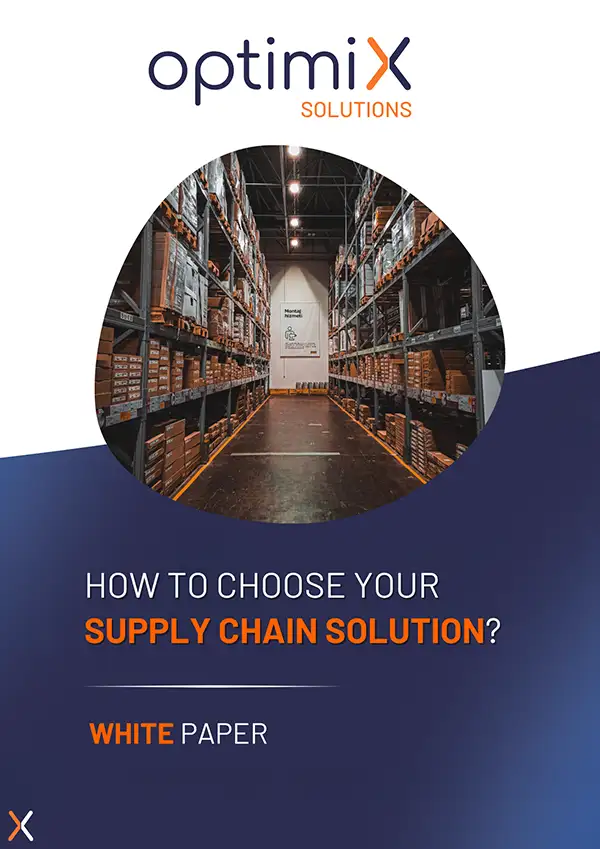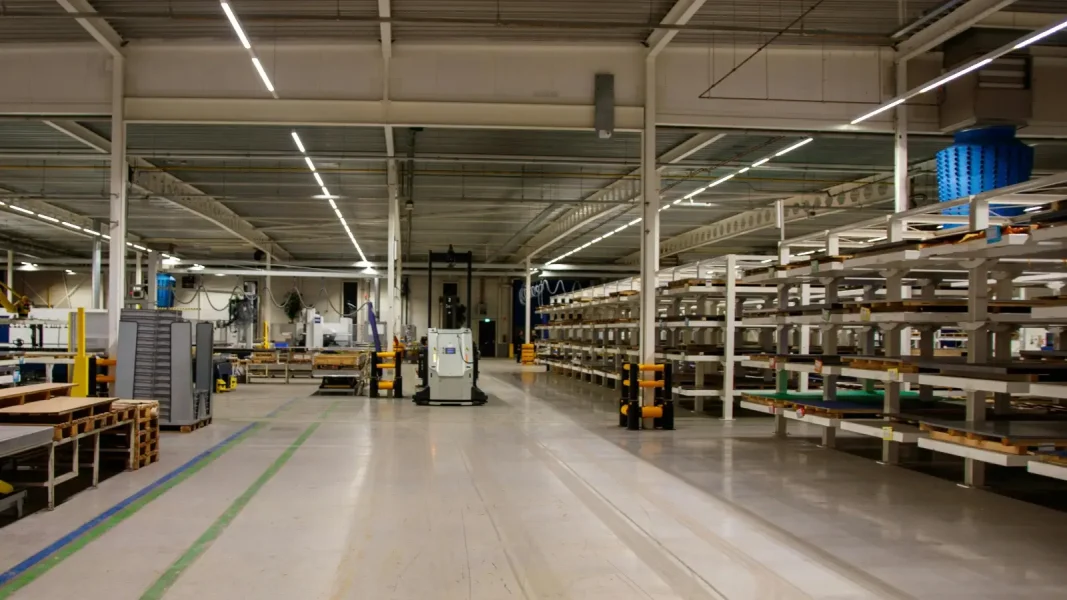Today’s business environment is constantly changing. Supply chain planning has become a real strategic challenge for retailers. Yet many companies continue to operate in reactive mode, improvising in the face of unforeseen market conditions.
Who hasn’t experienced an unexpected out-of-stock situation or a delivery delay without explanation, resulting in unhappy customers and lost sales? Such situations should no longer exist. Lack of visibility and approximate planning are no longer tolerable. Proactive supply chain management and planning is no longer just a competitive advantage: it’s an essential condition for staying in the race.
In what follows, we’ll see why adopting a strategic and anticipatory approach to your procurement has become essential to avoid boosting your company’s overall performance.
Why is supply chain planning no longer an option? Benefits
The growing complexity of supply chains
Supply chains are unprecedentedly complex. They span several regions, involving numerous suppliers, carriers and logistics partners. This complexity is accentuated by globalization, market fluctuations, geopolitical risks and growing consumer demands.
- Risks and uncertainties: Health crises (such as the COVID-19 pandemic), natural disasters, international conflicts and regulatory changes can instantly disrupt the flow of goods. Without rigorous planning, companies find themselves vulnerable and unable to adapt quickly.
- Demand volatility: Consumer behavior is unpredictable. The rise of e-commerce, lightning promotions and ephemeral trends can create peaks and troughs in demand that are difficult to anticipate. Good planning helps to manage these fluctuations and avoid costly out-of-stocks or overstocks.
Better control of costs and margins
Supply chain planning has a direct and significant impact on company profitability. By optimizing every stage, from procurement to final delivery, companies can reduce costs and improve margins.
- Reducing inventory costs: Stock represents a major cost for companies (storage, insurance, obsolescence). Effective planning helps to maintain optimal stock levels, avoiding dead stock while guaranteeing product availability.
- Transport optimization: Transport costs can account for a significant proportion of logistics expenditure. With advanced planning, companies can consolidate shipments, choose the most efficient routes and negotiate better rates with carriers, reducing costs and carbon footprints.
- Operational efficiency: By planning operations, companies can streamline processes, eliminate bottlenecks and improve overall productivity. This translates into shorter delivery times and lower labor costs.
Improve customer satisfaction and loyalty
Customer experience, speed and reliability of delivery are key factors in customer satisfaction. A well-planned supply chain is the key to delivering on customer promises.
- Reliable delivery times: Customers expect precise, on-time delivery. Good planning enables us to anticipate potential delays and inform customers proactively, thereby building confidence.
- Responsiveness to demand: When demand is high, the ability to adapt quickly is crucial. An agile, well-planned supply chain can meet customer needs without sacrificing quality or service.
If you’re wondering how to optimize your supply chain, we’ve put together steps to better supply chain planning
The role of technology: software, AI, in supply chain planning
In an environment characterized by tense supply chains, ever-shorter lead times and constant demand volatility, technology no longer plays a supporting role, but rather a catalyst in supply planning. It makes forecasts more reliable, reduces uncertainties and accelerates decision-making.
- Artificial Intelligence (AI) and Machine Learning tools, now integrated into advanced planning solutions, analyze historical data (sales, returns, promotions) and cross-reference this information with external data (market trends, seasonality, weather, socio-economic data) to improve the accuracy of demand forecasts. However, these systems only work effectively if the source data is reliable, up-to-date and well-structured, which presupposes rigorous data governance.
- Big Data provides a cross-functional, real-time view of the supply chain: visibility of inventories by site, tracking of supplier orders, logistical traceability, and early detection of risks (delays, shortages, cost increases). This information can be exploited in intelligent dashboards, accessible to all players in the chain, to promote reactive and collaborative planning.
- Finally, the APS (Advanced Planning Systems) have become essential technological pillars. These solutions model the entire supply chain network, integrate real constraints (lead times, machine capacity, supplier MOQs, etc.), and generate optimized production and supply plans. Thanks to their simulation functions, teams can test concrete scenarios (delay by a strategic supplier, unexpected peak in demand, transport strike) and anticipate impacts before taking action.
Find out more about : which tools to use for better supply chain management?
Best practices for better supply planning :
Centralize data between purchasing, logistics, production and finance teams
The cornerstone of effective supply planning is centralized information. Too often, data is compartmentalized in functional silos: purchasing has different forecasts from production or finance.
This lack of consistency undermines the responsiveness and reliability of the overall plan. By consolidating data within a single repository, shared between key departments, the company strengthens coordination, reduces communication errors and makes faster, more aligned decisions.
Regularly assess supplier performance (deadlines, quality, reliability)
Supplier reliability is a critical link in the supply chain. Planning, no matter how well conceived, loses all effectiveness if partners fail to meet their commitments.
It is therefore essential to rigorously monitor supplier performance through clear KPIs: on-time delivery rates, quality of deliveries, flexibility in the event of change. These assessments enable us to build a robust supplier panel, anticipate risks and build more strategic and transparent relationships.
Set up planning indicators (stock coverage, forecast accuracy, etc.)
Effective procurement management requires appropriate performance indicators. KPIs such as stock coverage, service rate, forecast attainment rate and unit procurement cost help to objectify results and identify levers for improvement.
These indicators must be monitored regularly, analyzed at S&OP meetings, and integrated into a continuous improvement process. They facilitate decision-making, secure the supply chain and provide visibility at all levels of the company.
Digitizing the procurement process with high-performance APS/ERP tools
Digitalization is a catalyst for performance in supply management. ERP and APS (Advanced Planning Systems) solutions like XFR-Optimix Forecast and Replenishment automate requirements calculations, simulate scenarios, manage constraints in real time, and make data exchanges more reliable.
These tools provide a clear view of flows, reduce manual tasks with little added value, and enable dynamic, predictive management of supplies. A good tool does not replace strategy, but it does multiply its effectiveness.
Develop a culture of collaborative planning (S&OP / IBP)
Supply planning can no longer be thought of in silos. It must be part of a cross-functional, collaborative process, such as S&OP (Sales & Operations Planning) or IBP (Integrated Business Planning). These approaches enable commercial, operational and financial objectives to be aligned on a common forecasting basis.
Involving all stakeholders, including marketing, sales, production, finance and the supply chain, fosters a shared vision of priorities and greater agility in the face of market hazards. It is this culture of collaboration that guarantees the durability and robustness of supply plans.







